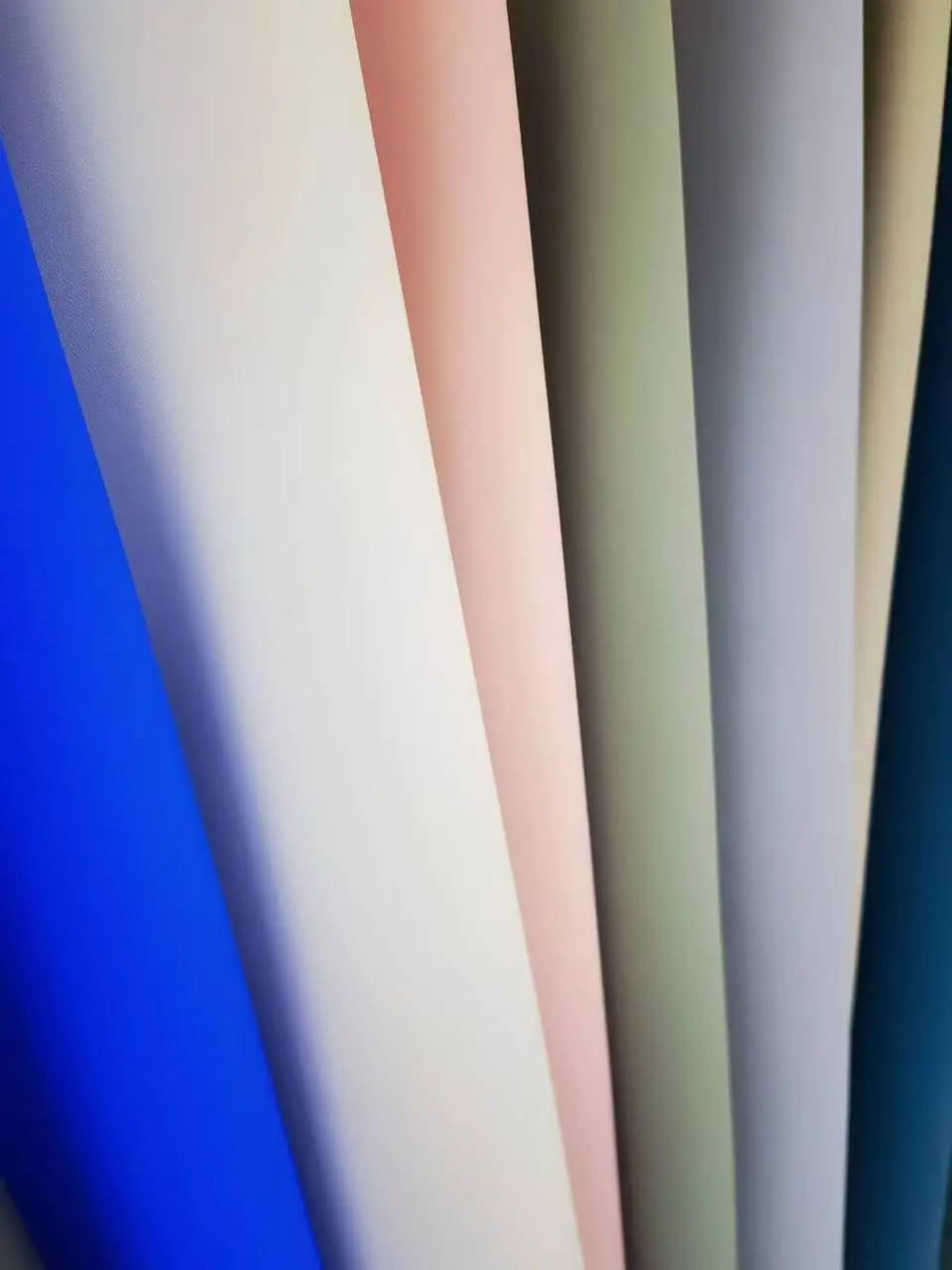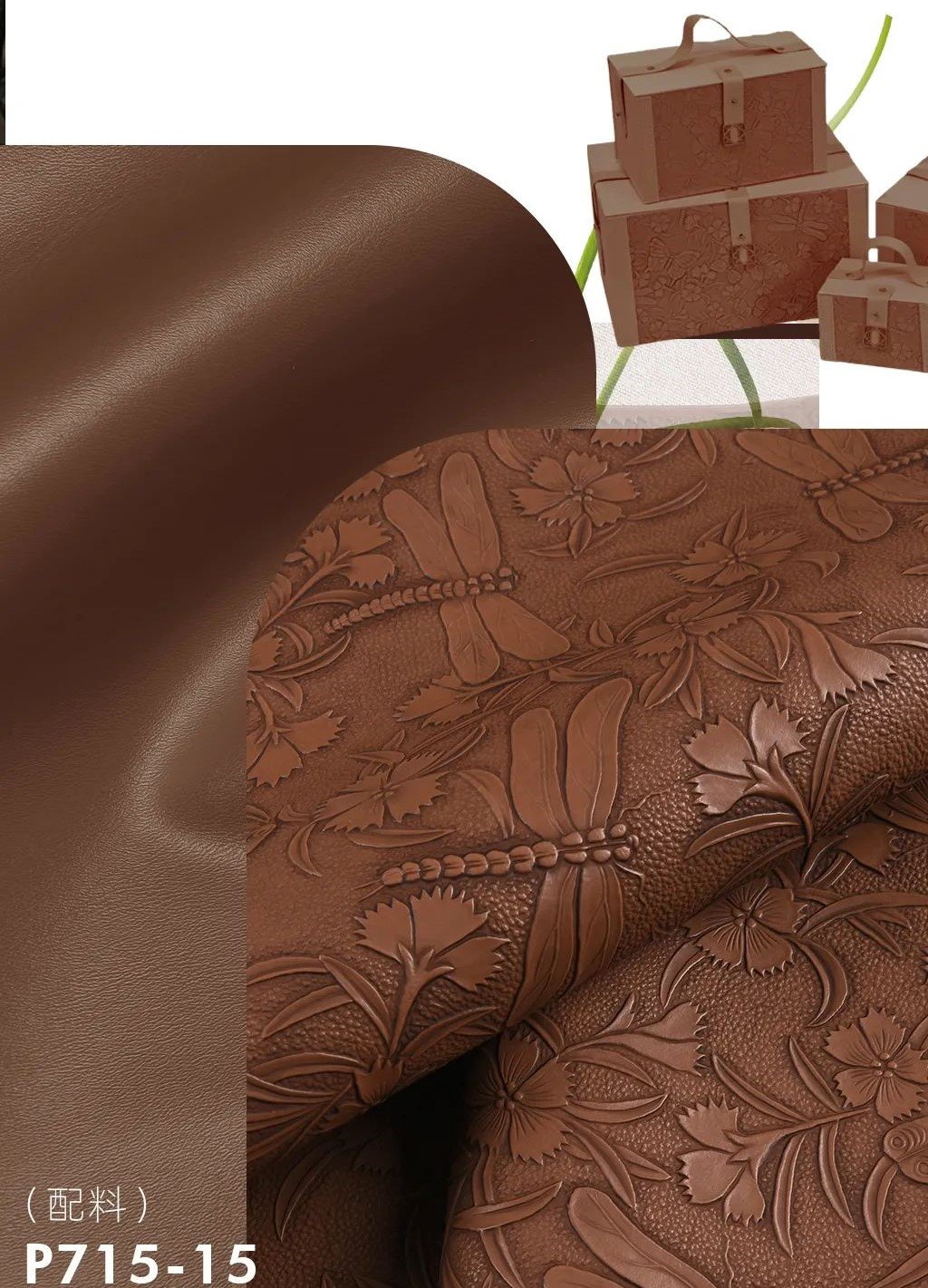Welcome to the comprehensive guide on the differences between PU, PVC, and Faux Leather.
As an experienced technician in the synthetic leather industry, I’ve seen firsthand the evolution and variety of leather materials. This article is crafted to shed light on these popular leather alternatives. We’ll explore the unique properties, uses, and environmental impacts of PU leather, PVC leather, and synthetic leather.
Understanding these differences is key for consumers, designers, and industry professionals alike. Join me as we delve into each type’s characteristics, debunking myths and revealing truths about these versatile materials.

Understanding PU Leather
Let me take you on a journey through the world of leather. Imagine walking into a store, surrounded by an array of products labeled ‘leather’, yet each feels and looks different. This is where understanding the nuances of PU Leather becomes crucial. PU Leather, a synthetic material made from polyurethane, offers a cruelty-free and affordable alternative to animal leather. It’s a staple in fashion, furniture, and automotive industries, celebrated for its versatility and similarity to genuine leather. Yet, its synthetic nature sparks curiosity and debate.
Exploring PVC Leather
PVC leather, a robust synthetic leather made from Polyvinyl Chloride, stands out for its resilience and water resistance, making it a practical choice for various applications. Its distinct properties, such as durability and ease of maintenance, set it apart from PU leather.
While PU leather is softer and more breathable, PVC leather offers greater toughness, making it ideal for heavy-duty uses. Commonly, PVC leather finds its place in industries like fashion, where its water resistance is beneficial, and in furniture and automotive industries for its durability.
Faux Leather – A Broad Perspective
Faux leather, a broader term, encompasses all synthetic leathers, including PU and PVC. It’s a catch-all phrase for artificial leathers that don’t involve animal hide.
The key differences lie in their composition and properties. PU leather, made with polyurethane, is more flexible and breathable, often used for fashion and comfort-oriented furniture. PVC leather, on the other hand, made from Polyvinyl Chloride, is tougher and more water-resistant, suited for more heavy-duty applications. Each type has its unique attributes, catering to different needs in fashion, furniture, and automotive industries.
Environmental Impact Analysis
The environmental impact of producing synthetic leathers like PU, PVC, and faux leather is significant and varied.
PU leather, while not involving animal products, uses chemicals in its production, raising concerns about pollution and sustainability.
PVC leather, known for its durability, involves even more significant environmental concerns due to the release of dioxins and other toxic compounds.
In contrast, some newer forms of faux leather aim for a smaller ecological footprint, using more sustainable production processes. Such as EPU, Solvent Free PU, Silicone Leather, Eco Leather. The key is balancing environmental considerations with practical applications, a challenge that the industry continues to navigate.

Durability and Practicality
In the realm of synthetic leathers, durability and practicality vary significantly between PU, PVC, and other faux leathers.
PU leather, known for its flexibility and soft texture, is less durable compared to PVC leather, which excels in toughness and water resistance, making it ideal for heavy-use environments. However, both types face wear and longevity challenges over time.
The practical uses of these materials span across industries, with PU leather often chosen for fashion and comfortable furniture, while PVC’s robust nature suits more demanding applications like outdoor furniture and automotive upholstery.
Consumer Guide: Making Informed Choices
For consumers navigating the world of synthetic leather, understanding the key features of PU, PVC, and faux leather is crucial. PU leather, soft and flexible, is ideal for fashion and upholstery, but requires careful maintenance to extend its life.
PVC leather, more durable and water-resistant, is suited for tougher applications and can be cleaned easily. When selecting between these materials, consider their intended use, durability needs, and maintenance requirements. Regular cleaning and avoidance of harsh chemicals will ensure longevity, regardless of the type.

The Future of Leather Alternatives
The future of leather alternatives like PU, PVC, and faux leather is poised for exciting advancements. Innovations are increasingly focused on sustainability, with new technologies being developed to reduce environmental impact.
We’re seeing a trend towards using eco-friendly materials and processes, aiming to improve the ecological footprint of these synthetic leathers. The integration of advanced technology also suggests a future where these materials not only mimic genuine leather more closely but do so in a more environmentally conscious way.
Conclusion
In conclusion, understanding the differences between PU, PVC, and faux leather is key to making informed decisions. Each material has unique properties and uses, with varying impacts on durability and the environment.
As technology and sustainability concerns drive the industry, we’re seeing promising innovations in these synthetic leathers. It’s crucial for consumers to weigh their needs against environmental considerations when choosing these materials. By stNow that you’ve explored the distinctions and implications of PU, PVC, and faux leather, I invite you to delve deeper into sustainable leather alternatives.aying informed and mindful of these aspects, we can make choices that align with both our practical needs and ecological values.
Now that you’ve explored the distinctions and implications of PU, PVC, and faux leather, I invite you to delve deeper into sustainable leather alternatives at our product page to know more about other types of synthetic leather.








